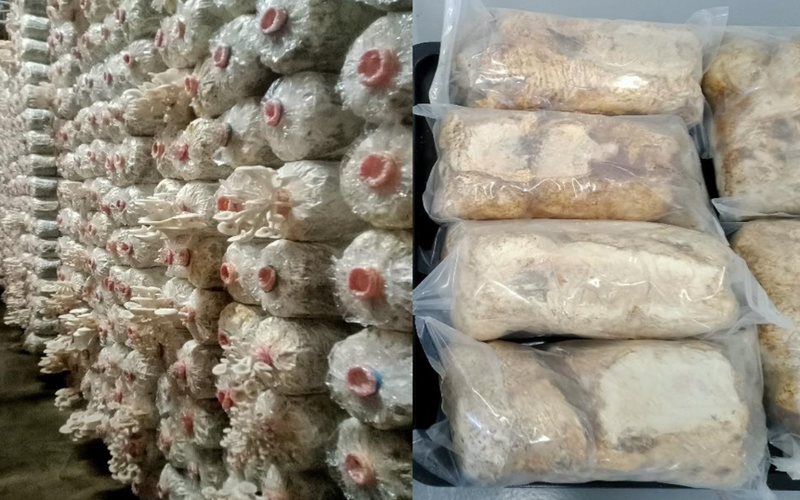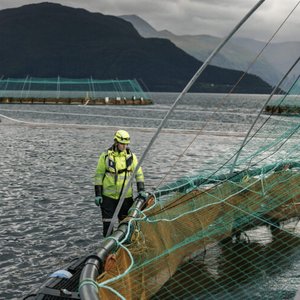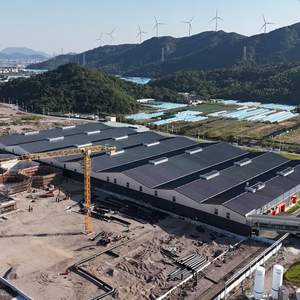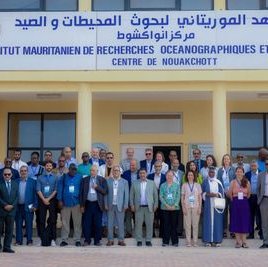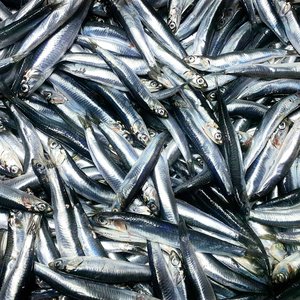The development of a more sustainable option for fish feed is being explored by the Philippine project, “SMS in Aquafeeds: Development of an alternative aquafeed ingredient using spent mushroom substrate (SMS).” The project is being funded by the Philippine Council for Agriculture, Aquatic and Natural Resources Research and Development of the Department of Science and Technology (DOST-PCAARRD).
Now, in its second year, the project led by Liezel D.C. Atole-Nieva aims to formulate and produce an effective tilapia aquafeed using locally derived ingredients. The leftover material from mushroom harvesting (SMS) is being explored as a sustainable, cost-effective fish feed ingredient instead of being treated as agricultural waste. Since oyster mushroom farming has gained popularity in Bicol due to its high yield, suitability to the warm, humid climate, and low start-up costs, it is considered an ideal option for small-scale farmers.
For the project, the team collected two types of SMS, freshly harvested and aged from local mushroom farms, to determine which version is more suitable for feed use. These samples were analyzed at the University of the Philippines Los Baños (UPLB) to assess their nutrient composition, including protein, fiber, fat, and moisture content.
The analysis also identified 12 types of beneficial bacteria from the Bacillus family living in the SMS. These microbes are known for their ability to survive in tough environments and even improve gut health in animals, making them a promising addition as aquafeeds.
Five types of fish feeds were developed, each with varying amounts of SMS replacing soybean meal. The experimental feeds were evaluated for key qualities such as durability in water, safety from harmful bacteria, nutritional value, and how well fish accepted them.
Results from the project showed significant differences in their proximate compositions, microbial loads, and functional characteristics, each influencing their suitability for different applications. Generally, aged SMS was found to be more suitable as an aquafeed ingredient as it has higher protein and fiber levels, lower fat and moisture, and showed better stability, making it a good option for feed formulation.
The project is not only helping researchers explore valuable options for agricultural waste but also aims to raise awareness among local fish farmers. By repurposing SMS, the initiative supports a circular economy, turning what was once discarded into a useful resource while also reducing the cost of aquafeeds.
In the long run, the project seeks to achieve improved tilapia production, less waste from mushroom farms, and more affordable fish farming across the region.


